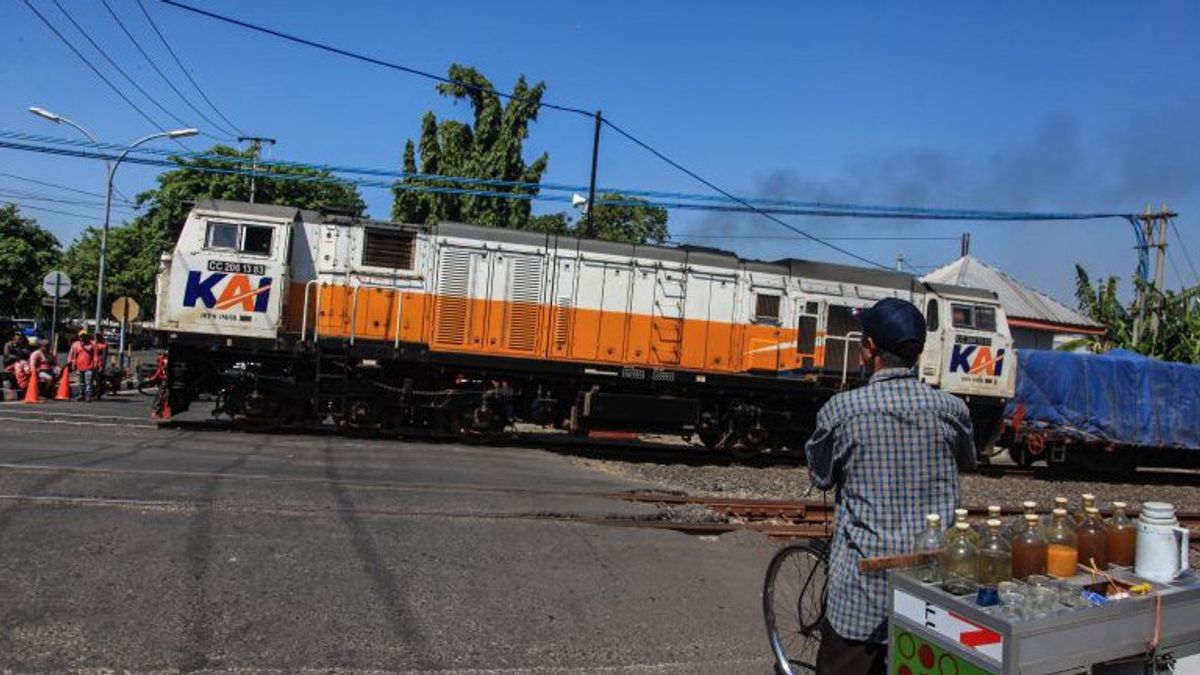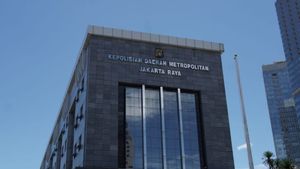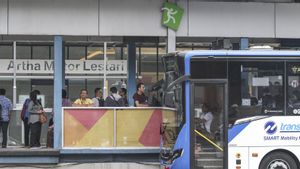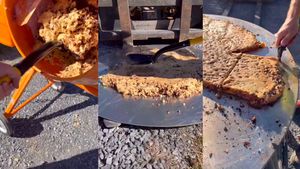JAKARTA - PT Persero Kereta Api Indonesia (KAI) explained that trains have different characteristics from the mode of transportation in general because technically they cannot brake suddenly.
"Unlike land transportation in general, trains have characteristics that technically cannot be braking suddenly. For this reason, we urge the public to be more vigilant and careful before crossing a level," said KAI Vice President of Public Relations Joni Martinus as reported by ANTARA, Friday, July 21.
KAI responded to the recent collisions between trains and trucks in Semarang and Lampung.
KAI also revealed the factors that caused the train not to be able to brake suddenly, namely the length and weight of the train series.
KAI said that the longer and heavier the series, the distance it takes for trains to actually stop will be even longer.
In Indonesia, an average of one series of passenger trains consist of 8-12 trains (carriages) weighing up to 600 tons, not including passengers and their luggage. With these conditions, great energy will be needed to stop the train series.
Next, related to the braking system. KAI explains that the braking used on trains in Indonesia generally uses an air brake system. The way it works is to compress the air and store it until the braking process occurs.
When the driver activates the braking system, the air will be distributed through small pipes along the wheels and make friction on the wheels. The friction will make the train stop.
Joni said that although the train was equipped with an emergency brake, the train could not stop suddenly. The brakes only produce more energy and greater air pressure to stop the train faster.
"So, even though the driver has seen someone break through the railroadstop, then carry out the braking process, it will still require a braking distance to really stop. This will cause a collision if the braking distance is not met," he said.
VOIR éGALEMENT:
Meanwhile, the factors that affect the distance between train braking, namely rail speed, slope/gradient rail roads (flat, decrease or climb), the percentage of braking indicated by the size of the brake style, type of train (pass train / goods), type of brake (composite blocks / blocks of iron cor), weather conditions and various other technical factors.
Joni said the brakes on the train series work with air pressure. The brake duty system on the wheels is connected to a piston and cylindrical array. The mechanism that reduces air pressure on the trains will force the brakes to lock with wheels.
"If the pressure is released suddenly, it will cause a braking that is not uniform so that the brakes work first from the point of exit of the air. Ununiform braking can cause trains or carriages to slip, be dragged, and even roll over," said Joni.
KAI also reminded that the procedure for crossing a level crossing is to stop at stop signs and look left-right. If you are sure it is safe, you can only pass. Crossdoors, sirens and crossing guards are just security aids.
"The main safety tool is on traffic signs marked to stop. So, if the community at the crossing has seen a train, although it is still far away, then it should stop first until the train passes," he said.
The English, Chinese, Japanese, Arabic, and French versions are automatically generated by the AI. So there may still be inaccuracies in translating, please always see Indonesian as our main language. (system supported by DigitalSiber.id)











